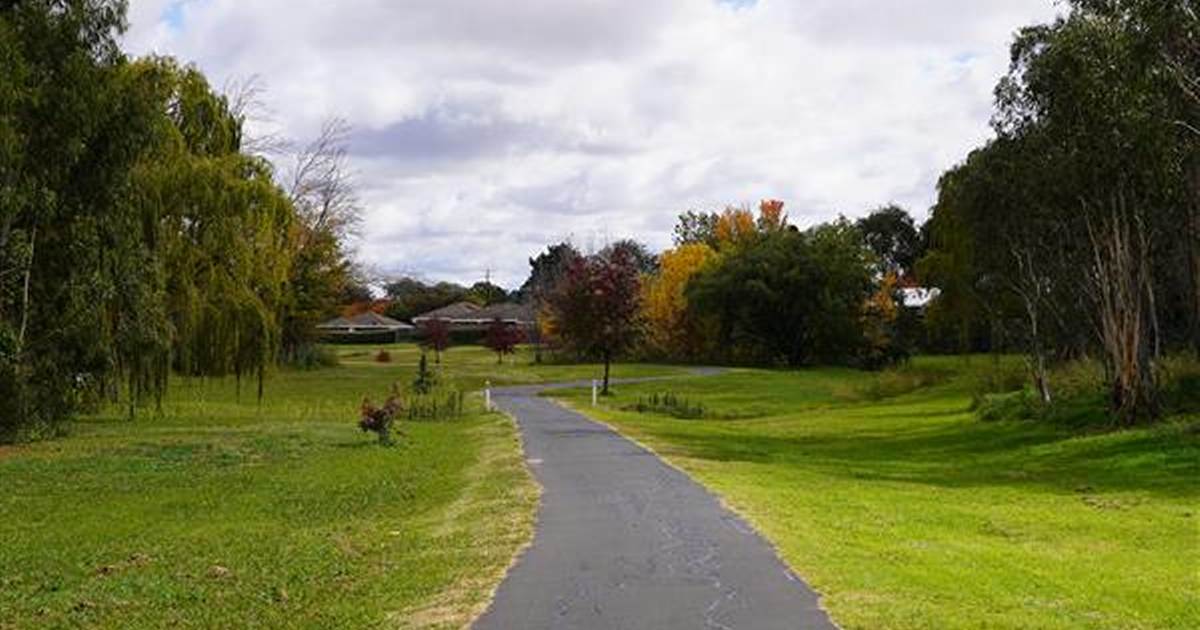
The Federal Government’s Safer Communities Fund is supporting a solar lighting project for a cycleway in Armidale.
New South Wales’ Armidale Regional Council says the solar lighting will be installed between Markham Street and the Donnelly Street bridge. The location has been chosen on advice from Armidale police, due to the high utilisation of that section and police records of previous incidents.
Council received $450,000 in funding through Round 3 of the Safer Communities Fund for a two-part project that consists of upgrades to CCTV cameras and associated network, and the installation and commissioning of 25 solar lights on the cycleway within the Armidale CBD precinct.
Tenders for the solar lighting component will be called this week.
“It is hoped the detailed design process and quotes from contractors might identify opportunities to install further lighting and extend this section,” said Armidale Regional Council Mayor Simon Murray. “Council will continue to advocate for additional funding so further lighting can be added to other critical links within the cycleway to improve safety.”
While solar lighting can be more expensive in terms of outlay, long term operations and maintenance costs are far cheaper compared to conventional lighting. There’s also the potential for solar lights to forgo a mains grid connection altogether as they can operate for a number of nights even after unfavourable daytime conditions for recharging. This can be possible through the use of smart lighting systems that only switch on when a pedestrian or cyclist is within a certain range; automatically switching off once the person has passed through the lit area.
Another council to use Safer Communities funding for solar related projects we recently mentioned is Douglas Shire Council in Far North Queensland. Part of its grant went towards the installation of lighting and cameras, both solar powered.
Solar Energy In The Armidale LGA
Armidale Council’s solar lights won’t be the first time it has dabbled in harvesting the energy of the sun to power infrastructure. Another example is a 99kW solar farm comprising 360 solar panels installed last year at the sewerage treatment plant just east of Armidale, which has one of the highest energy requirements among Council’s facilities.
More broadly in the community, there were more than 2,518 solar installations in Armidale and across the 2350 postcode as at the end of March this year. These systems, Council’s 99kW plant among them, had a collective capacity of 12.82MW. According to figures from APVI, Council’s sewerage plant PV system would be among the largest. As at the end of September last year, there were no operational systems in the LGA with a capacity greater than 100kW – but there are several solar farm projects in the pipeline.

 RSS - Posts
RSS - Posts



Speak Your Mind